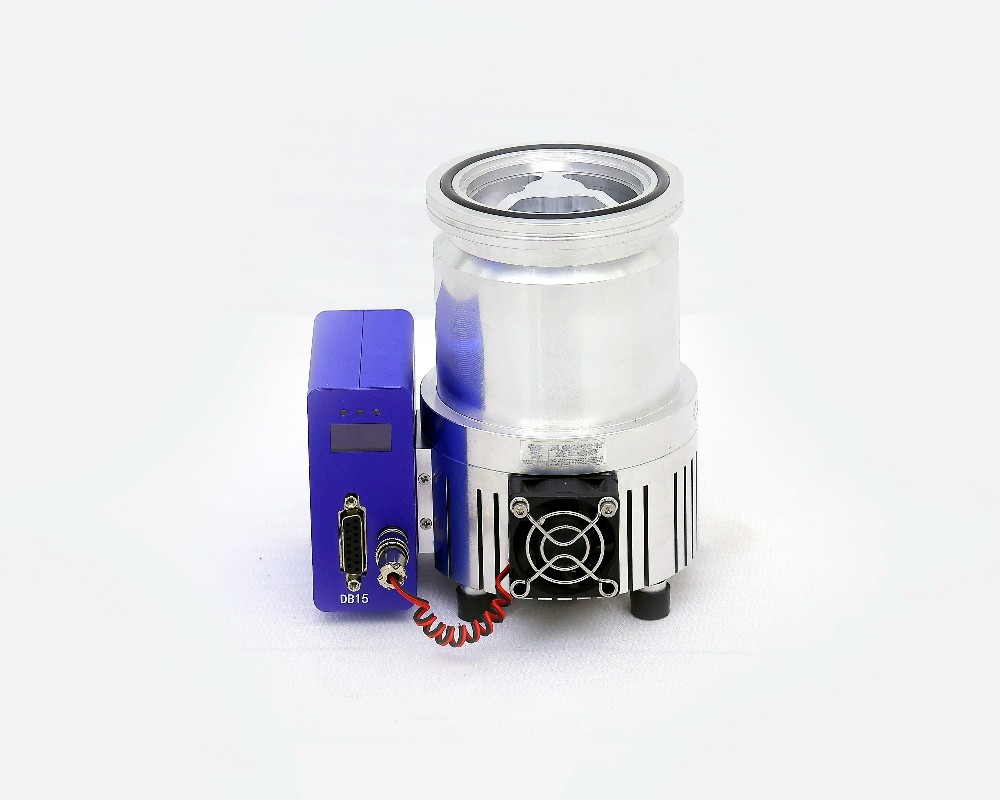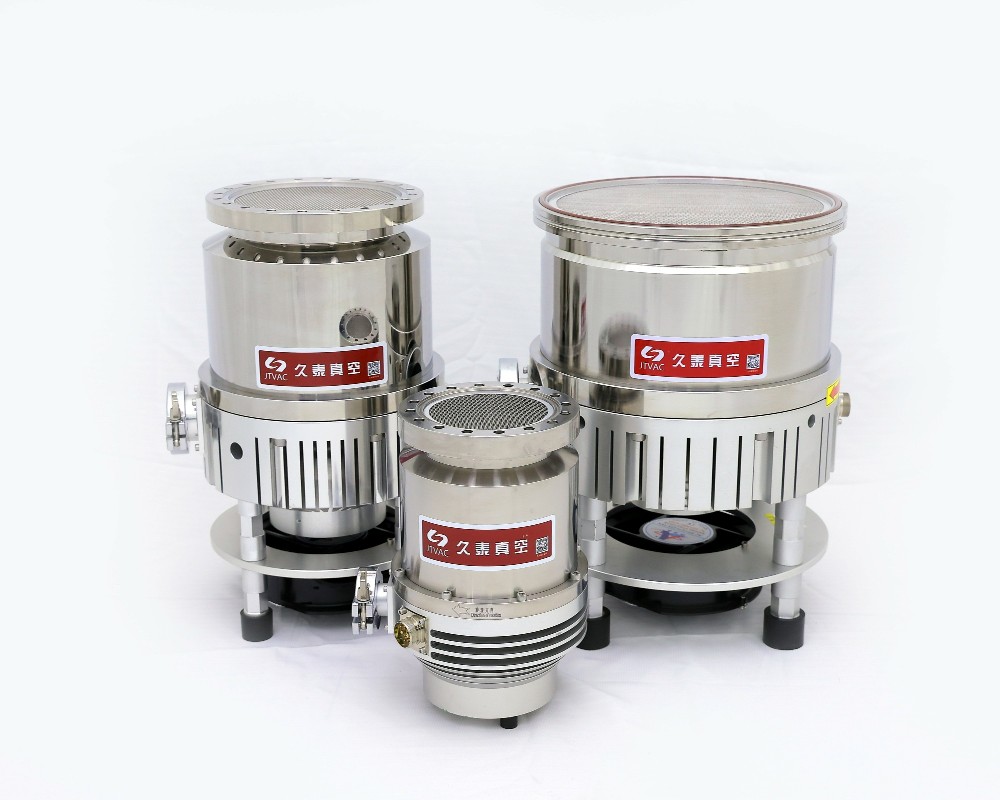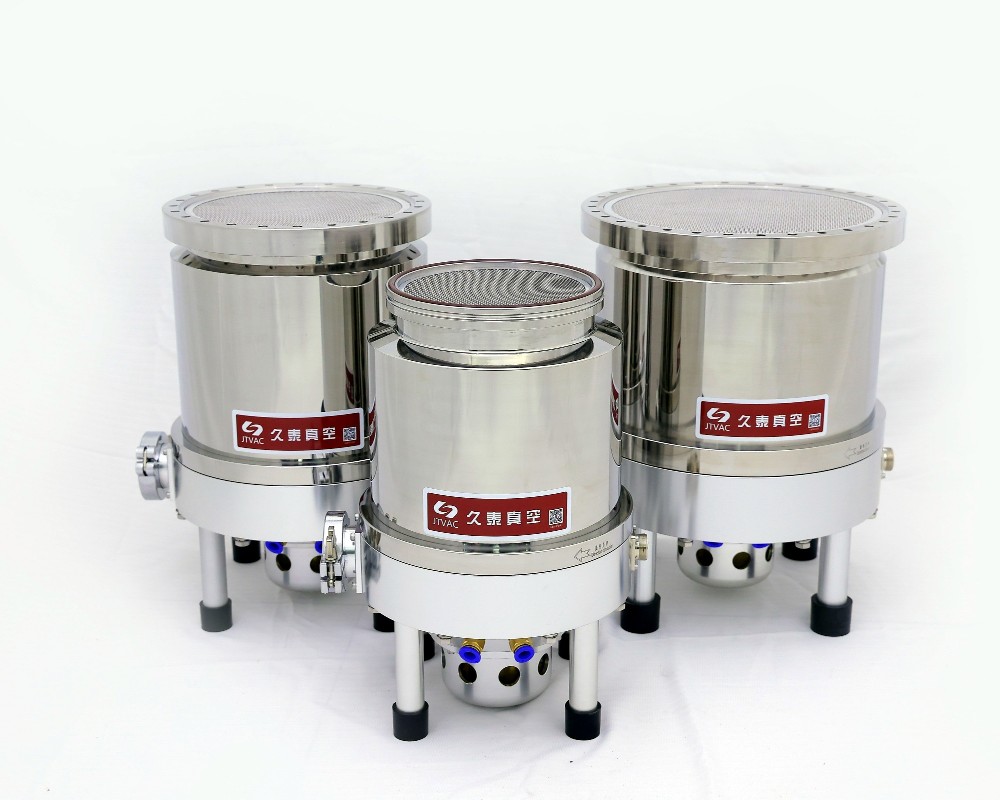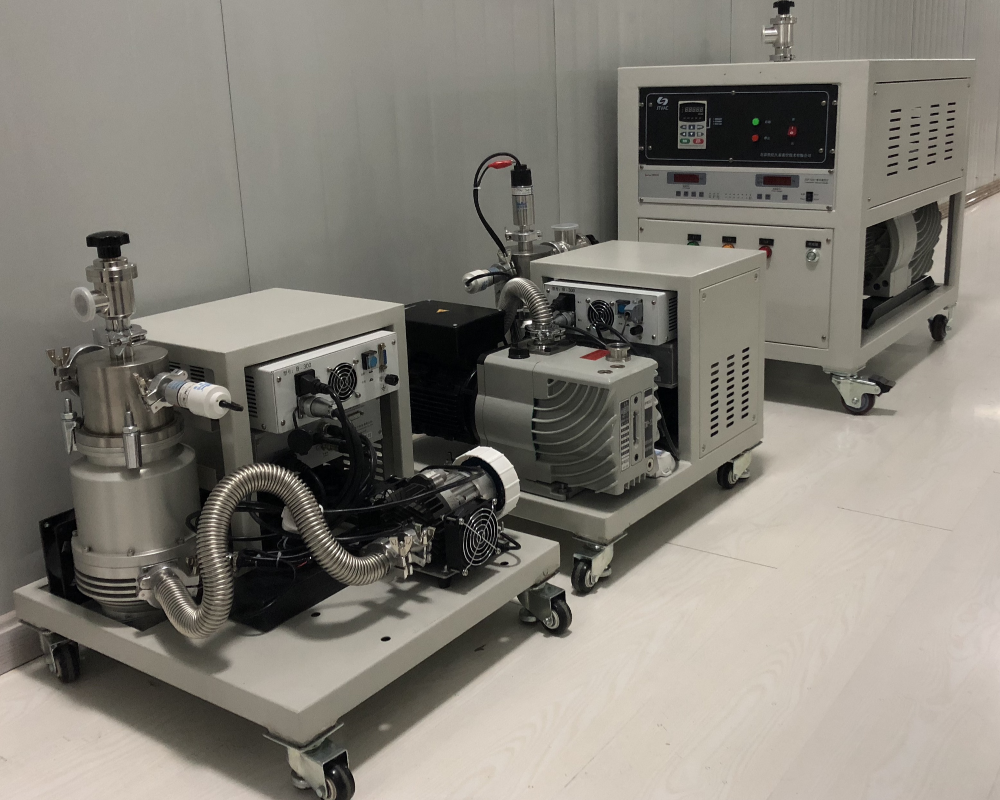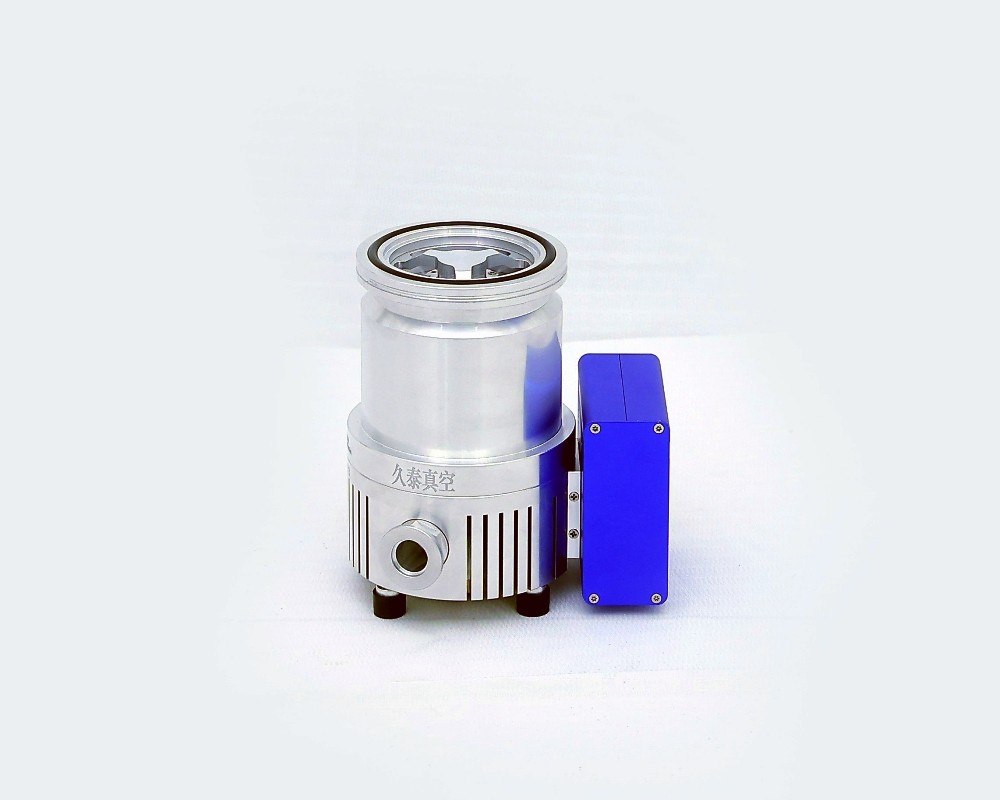1. Applications in Physics Research
High-Energy Physics and Particle Accelerators
Turbo molecular pumps are used in the vacuum systems of particle accelerators to maintain ultra-high vacuum along the beamline, reducing collisions between particles and residual gas, thus improving experimental precision.
Application scenarios include the Large Hadron Collider (LHC), synchrotron radiation sources, etc.Quantum Technology Research
In quantum computing and quantum communication studies, TMPs are used to maintain ultra-high vacuum in quantum chip testing environments, reducing interference from impurities on quantum states.Low-Temperature Physics Experiments
TMPs are employed in the preparation of low-temperature environments (such as liquid helium cooling systems) to ensure vacuum adiabatic conditions, enabling the study of phenomena like superconductivity and superfluidity.
2. Applications in Chemistry and Materials Science
Surface Science and Catalysis Research
TMPs provide high vacuum in devices like Scanning Tunneling Microscopes (STM) and X-ray Photoelectron Spectroscopy (XPS), supporting research on the electronic structure, chemical reactions, and adsorption behavior of material surfaces.Thin Film and Coating Technology
In thin film deposition processes (such as magnetron sputtering, Molecular Beam Epitaxy (MBE), and Chemical Vapor Deposition (CVD)), TMPs maintain high vacuum in reaction chambers to prevent contamination from impurity gases, enhancing film quality and uniformity.Nanomaterial Preparation
TMPs support the preparation of nanomaterials such as graphene, quantum dots, and carbon nanotubes, providing a stable vacuum environment for high-performance material development.
3. Applications in Life Sciences and Biotechnology
Biological Sample Analysis
TMPs are integrated into mass spectrometers (e.g., MALDI-MS, LC-MS) for detecting proteins, metabolites, and other biomolecules, aiding in biomarker discovery and disease diagnosis.Microscopic Imaging
High vacuum is essential for Scanning Electron Microscopes (SEM) and Transmission Electron Microscopes (TEM) to perform high-resolution imaging of biological samples, such as cells, viruses, and tissues.Biopharmaceutical Research
In gene editing, antibody drug, and vaccine development, TMPs ensure clean and high-purity experimental environments.
4. Applications in Earth and Space Sciences
Vacuum Simulation Environments
TMPs are used to simulate the high vacuum conditions of outer space, supporting the testing and development of spacecraft, satellites, and probes.Meteorite and Planetary Sample Analysis
TMPs are integrated into mass spectrometers and X-ray fluorescence devices for analyzing the composition of meteorites, lunar soil, and Martian samples, helping to uncover the formation and evolution of celestial bodies.Atmospheric and Climate Research
TMPs support gas isotope analysis, studying the composition changes in Earth's atmosphere, providing data for climate modeling.
5. Applications in Other Interdisciplinary Research
Nuclear Science Research
TMPs provide efficient vacuum support in nuclear reactor, radioactive isotope production, and nuclear waste treatment studies, ensuring experimental safety and precision.Energy Technology Research
In research on hydrogen energy, fuel cells, lithium batteries, and other renewable energy technologies, TMPs are used to prepare and test related materials and components.Basic Research Instrument Integration
TMPs are integrated into various scientific instruments, such as Electron Paramagnetic Resonance (EPR) spectrometers and high-resolution X-ray diffraction (XRD) instruments, providing efficient vacuum environments.

 中文版
中文版 English
English